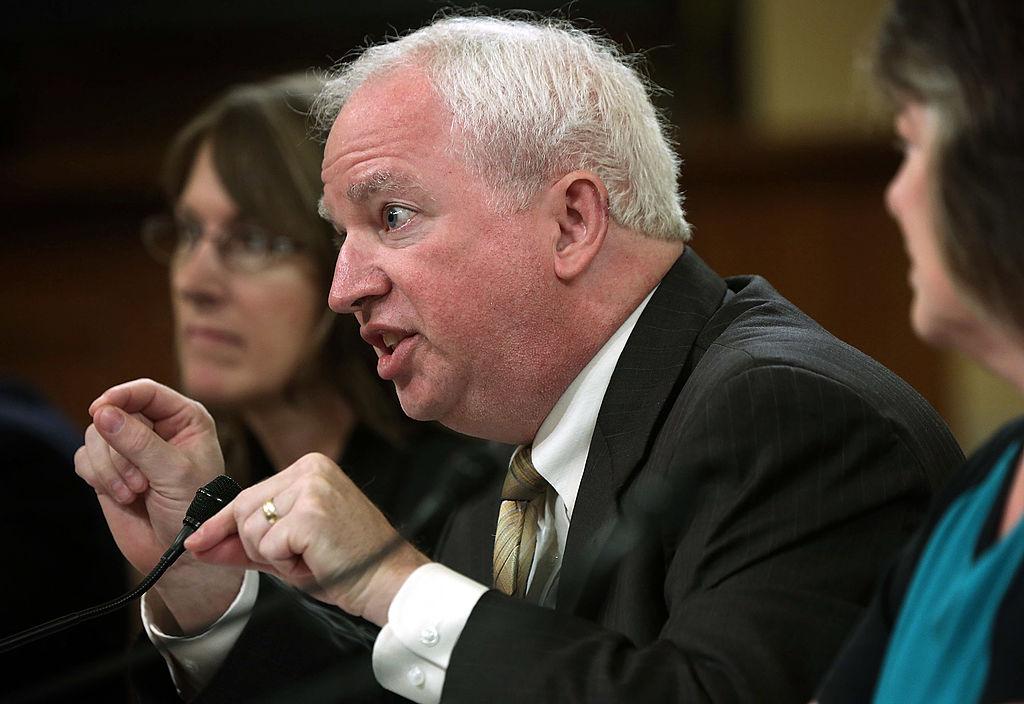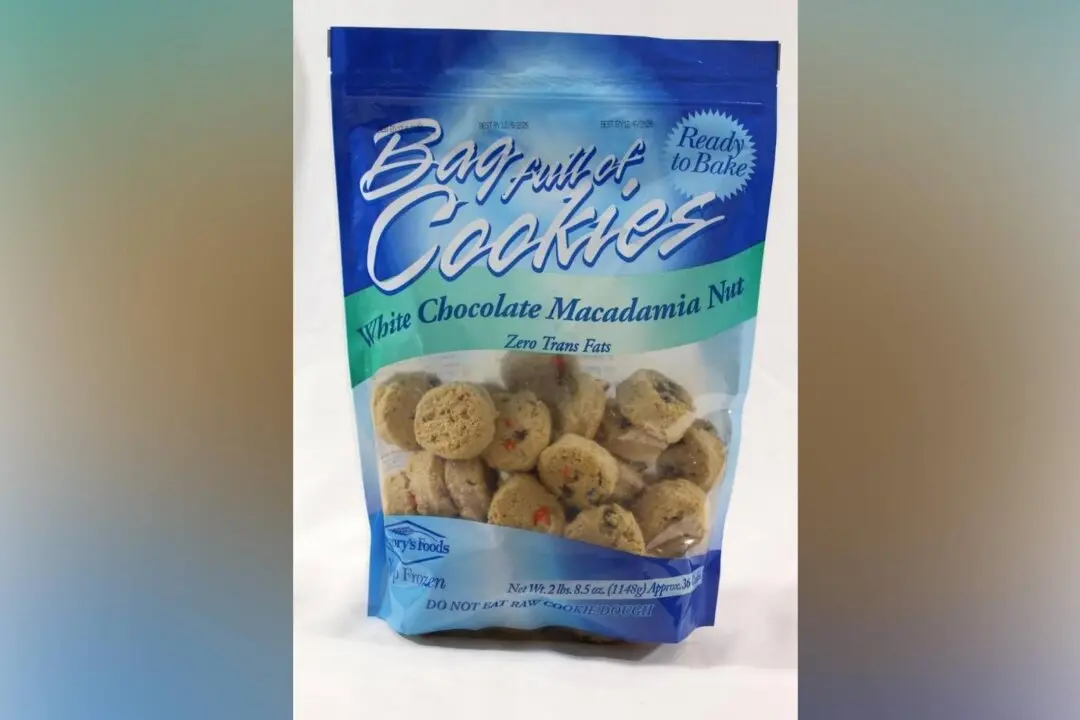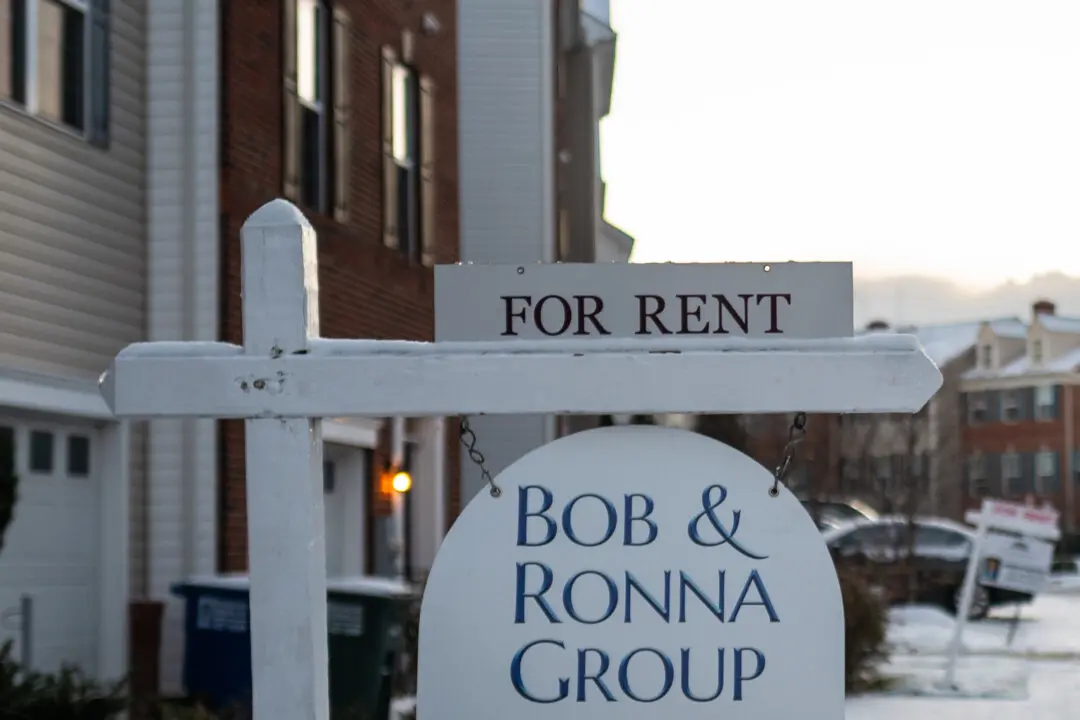John Eastman, who was an attorney for the Trump campaign, has filed a notice of his appeal to the U.S. Court of Appeals for the Ninth Circuit after a federal judge reaffirmed an order asking that the lawyer hand over certain emails to the House committee investigating the Jan. 6 Capitol breach incident.
Eastman had aided in the preparation of legal filings for Trump that contested the results of the 2020 presidential race in multiple states. The Jan. 6 committee contends that the filings were an attempt to overthrow the government. The committee asked for access to some of Eastman’s communications.





